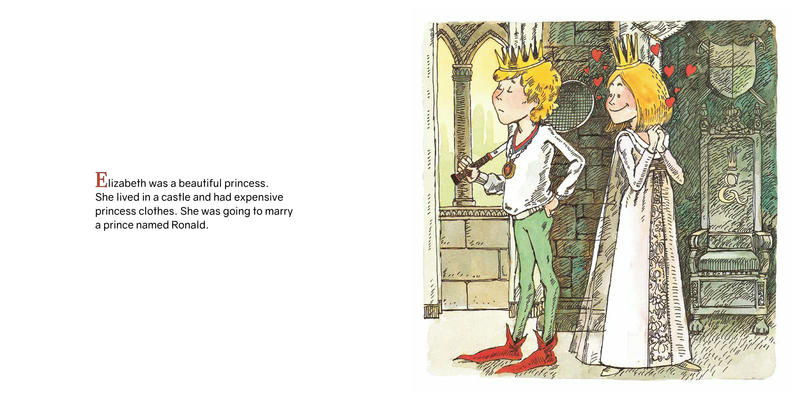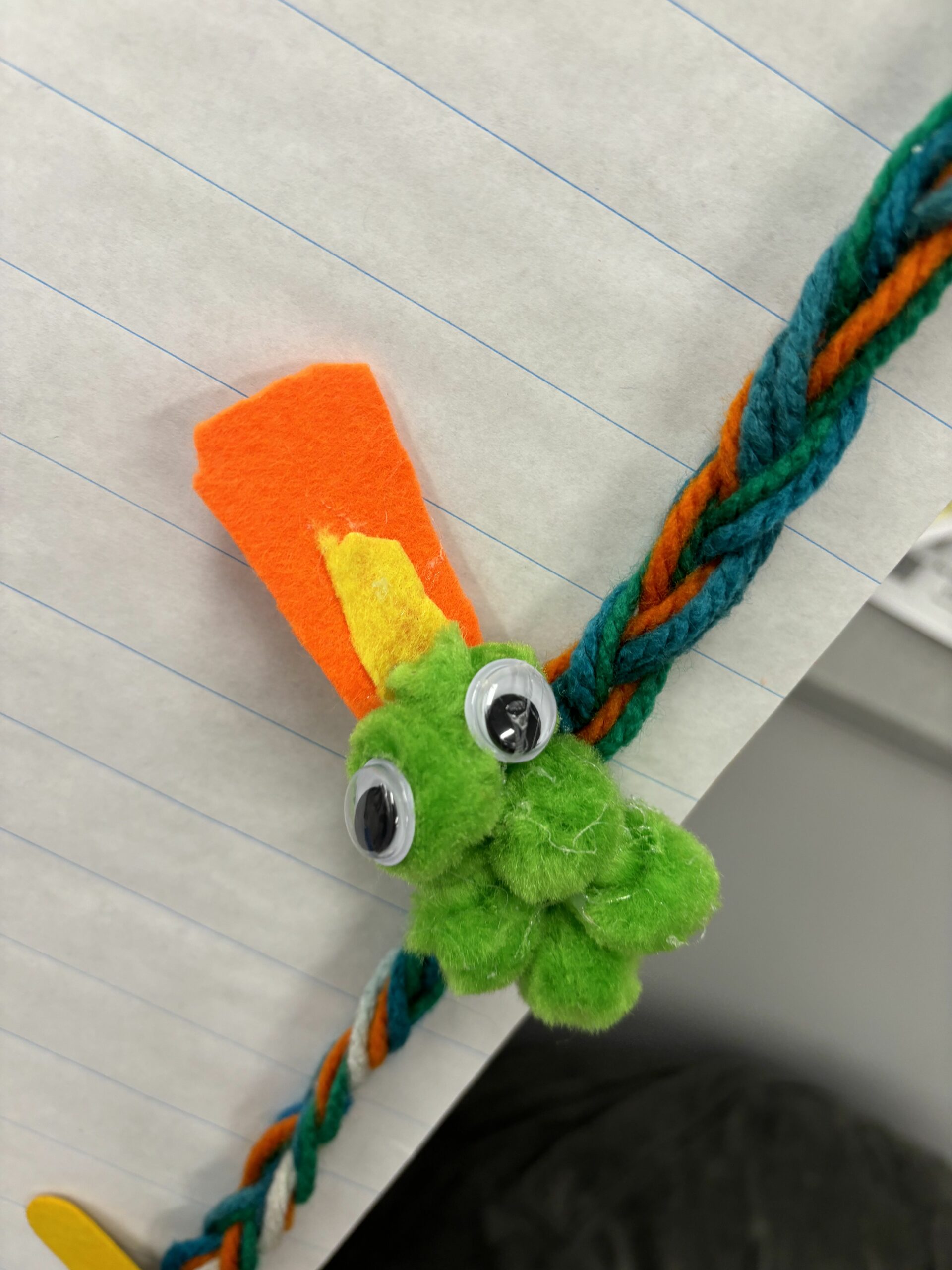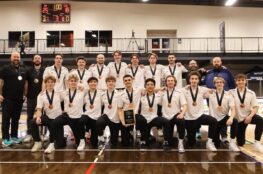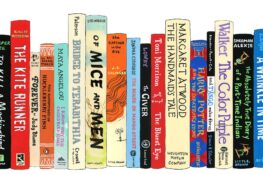
Connecting English and Art
My Experience
I have never been much of the crafting type, the smell of hot glue gives me a headache, and I have no clue how to braid. That said, I thoroughly enjoyed the creation of my Story Vine following the Story of Robert Munsch’s “Paper Bag Princess.” Now my vine is not the prettiest, my braid isn’t the best, and I do not own any craft supplies like some of my classmates, but the effort and retention I got from completing my story vine is incredible. You might not be able to tell to an outside viewer, but there was some serious love and passion put into my vine. The big takeaway was the tactile recall I could get out of this activity. I had read Paper Bag Princess only once beforehand, but after working with sequencing the story on my vine, I had the plot on lockdown, and using my vine, I could retell the story in my own words quite easily. Reading glue was a term that was brought up in “Reading is Hard,” and Story Vines exemplify this concept, the tactility, as well as the connection of what you are making becomes directly attached to your story, making what you read and the feelings you have become concrete in your brain. This is something that I experienced first hand, and when I was explaining my vine to a classmate, I was shocked at how well I remembered everything. As aforementioned, arts and crafts have been difficult as I continue to grow as a teacher, but story vines seem right up my alley. Novel studies were always something I loved as a student, but in my classroom experience, not everyone feels the same. One of the big issues I see with this, is story mapping and recollection of the story. Writing down what you have already read is not an engaging way of keeping track of what happened in a novel, not in kindergarten or in university, it is mundane, and you get no connection to the text. This is where I think Story Vines thrive, it allows students to have a tactile personalized synopsis of the plot without the drag of regurgitating what happened. Story vines connect students to plot, and this is something that I have personally experienced. I see myself using story vines, but not in the way which was used in class. I would want to continually add to the vine and watch it grow, allowing students to see the vines or stories unfurrel and grow from their perspective. By consistently working with the vines and building them consistently throughout a novel, I think students will have the plot, characters, and story drilled into their brains in the most fun way possible. Story Vines aren’t just a craft—they’re a bridge between students and the stories they’re learning, and I can’t wait to see how they grow in my classroom.
BC Curriculum:
Story Vines connect seamlessly to the BC curriculum by fostering literacy, creativity, and engagement in a hands-on way. They align with ELA goals like developing oral storytelling skills, understanding narrative structure, and building reading retention. By creating a tactile representation of a story, students actively engage with the text, making it easier to recall plot, characters, and themes—skills emphasized in the curriculum. Additionally, Story Vines can be adapted to explore Indigenous storytelling traditions, supporting the curriculum’s focus on cultural awareness and diversity. Whether used for retelling a favorite story or building a vine over the course of a novel study, Story Vines offer a dynamic, personalized way to deepen students’ connection to literature while meeting BC’s educational standards.


